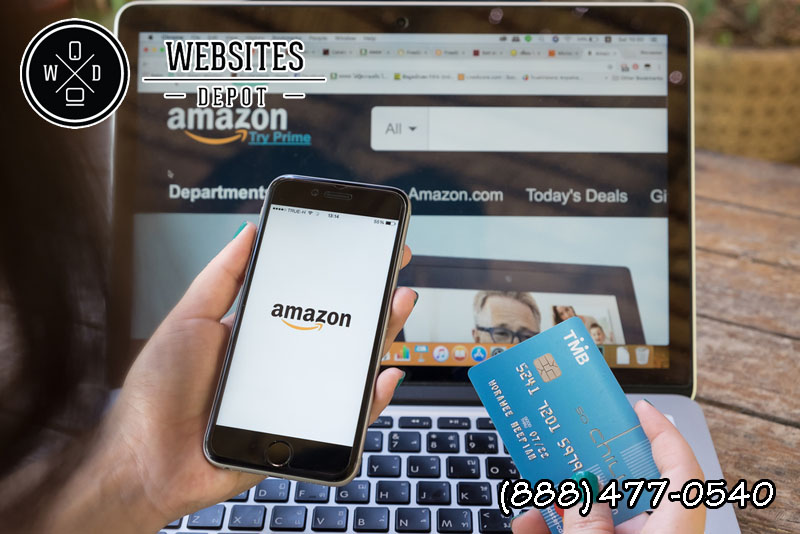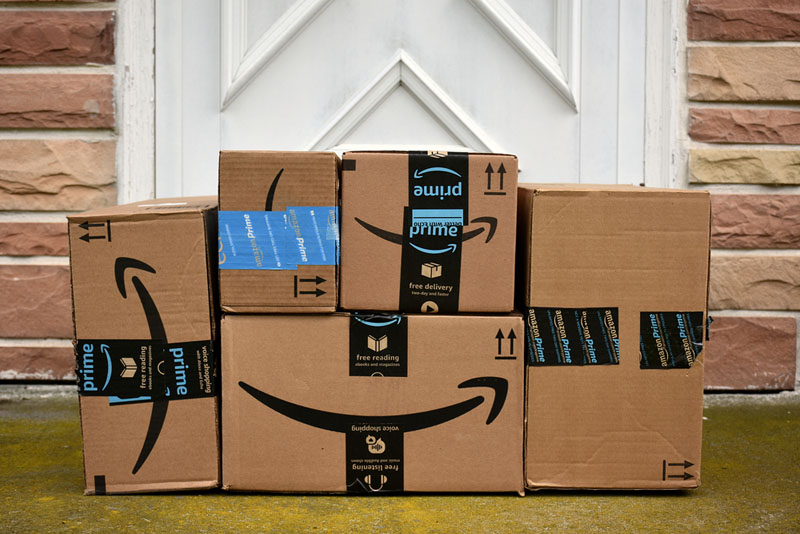
All You Need to Know About Amazon SEO in 2019

Amazon is hands down the number one ecommerce platform in America. Last year, they owned the 49% of the country’s ecommerce market. This is just a glimpse of how powerful this platform has become, to the point of generating its own inner search engine algorithm and search rules. Anyone selling products on the internet needs to use it as a complement of their own sales experience. If that’s your case, it’s in your best interest to learn about Amazon SEO in 2019.
In America, 9 out of 10 consumers use Amazon as a reference to check products prices. The platform features over 12 million products and around 95 million Americans have Amazon Prime membership. They spend approximately $1.4 K every year. Half of Amazon’s sales come from third party sellers, and 80% of them use their own platforms as well as their own Amazon listing to offer their products.
If we consider the massive quantity of sellers Amazon holds only in the USA, it makes perfect sense that the platform evolved in such way that it needs a more refined strategy to feature products. Long gone are the days of products with merely few lines of ambiguous descriptions, no images and wrongful categorization. Just like Google, Amazon intends not only to show the results that satisfy user’s needs the most but also anticipate them.

What is the Amazon A9 Algorithm?
Amazon generated its own algorithm for product search: A9. This algorithm is in a continuing evolutions but for the time being, it works as a quite simple keyword search method to match a product with a query as much as possible. It seems like the A9 algorithm ranks products basing on seller’s historical sales performance, how content matches searches, product’s prices and availability. Some other factors to determine ranking on Amazon are:
- Users reviews
- Featured images
- Promotions
- Premium content
- Fulfillment methods
Amazon is all about buyers and the way you sell products to them. The main difference we need to understand between A9 and traditional search engine optimization is that Amazon’s nature is of a buying platform. Users are closer to the point of purchase. They rarely browse Amazon to do research: consumers already know what they’re looking for (or at least have an idea).
In turn, Amazon will continually make changes to test what makes shoppers buy more frequently. So we can deduct that Amazon SEO in 2019 pretty much focuses on what helps shoppers convert more frequently.
A9 pulls what it detects as the best content to display in order to make the conversion happen. Brands that are part of the Amazon Brand Registry seem to be the only exception to this rule. With this special program, sellers who manufacture or sell their own branded products have a higher level of authority over wholesalers or other third parties.
Optimizing Your Listings for Amazon SEO in 2019
When it comes to Amazon SEO in 2019, you want to populate as many relevant terms as possible in order to show your listing first. There are three factors you need to focus in your optimization strategy:
- Relevance
- Visibility
- Conversions
Users want to know exactly what they are purchasing. A page with detailed information, that shows accurate data of the product that the client intends to buy, is the ABC of your Amazon SEO strategy. Information doesn’t need to be excessive: it needs to be accurate and useful. Your listing needs to show:
- A concise and unique title.
- 5 bullet points with the most important information about what you’re selling.
- Accurate description of the product, informing about its major features and benefits
- Detailed product images of what you are exactly selling. Ideally, these images should be taken by you or be as original as it gets.
It is advisable for you to pay attention to details that seem like minor, but make a real difference in the end. Capitalize the first letters of each word. Spell out measure words (inches, pounds, and such). If you need to add numbers, make sure they’re in numerals, now spelled, as it’s sites easier for users to catch at first sight. Don’t use Ampersand in the title of your listing unless it’s part of a brand dame. And unless they are relevant to the product you’re selling, you shouldn’t add details like size of color to the title either.
Just like with your traditional SEO strategy, keywords are fundamental on Amazon optimization. Relevant keywords should be present on your listing’s title. But also like in any other search engine optimization, keyword stuffing can backfire your rankings. Products with clear, detailed information usually have a higher CTR and are more likely to turn into conversions. This also increases its rankings.
For more information about how to handle your Amazon listings better, call Website Depot at (888) 477-9540.